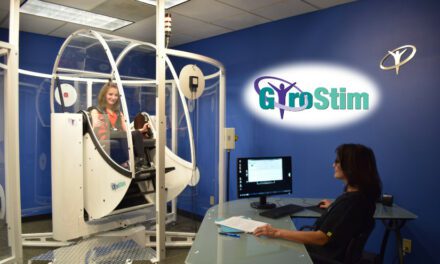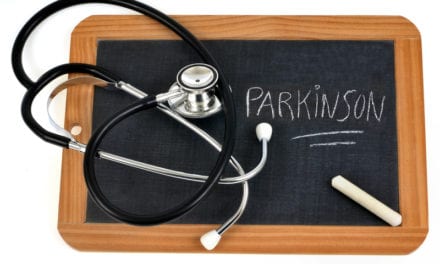Transcranial direct current stimulation (tDCS) can increase the benefits of aerobic exercise and improve the gait of patients with Parkinson’s disease immediately after a session.
Step time variability decreases, reaction time shortens, and executive control of gait is enhanced, suggests a randomized, double-blinded, sham-controlled crossover study of 20 volunteers by researchers at São Paulo State University’s Institute of Biosciences (IB-UNESP) in Rio Claro, Brazil, published in Neurorehabilitation & Neural Repair.
The participants attended two 30-minute sessions of aerobic exercise (cycling at moderate intensity) 1 week apart, combined with different tDCS conditions, active or “sham” (placebo).
Cognitive functions and pre-frontal cortex activity while walking were assessed before and immediately after each session. Spatiotemporal parameters were also included in the analysis to assess gait variability, step length, and processing speed.
“Compared with the pre-assessment, participants decreased step time variability, shortened simple and choice reaction times, and increased pre-frontal cortex activity in the stimulated hemisphere while walking only after aerobic exercise and active tDCS,” the article concludes. The authors were supported by FAPESP.
According to Rodrigo Vitório, a professor at IB-UNESP and last author of the article, an unbiased comparison was assured by administering active interventions and a placebo or sham treatment on separate days. Half the participants were given 20 minutes of actual tDCS followed by simulated tDCS for 10 seconds. The other half underwent the procedures in reverse order (sham followed by genuine treatment).
In tDCS, two small rectangular electrodes are attached to specific places on the head. The appliance is portable and battery-powered. The current is very weak (2 milliamperes) but sufficient to pass through the scalp and stimulate neurons in the region of interest.
“Despite the limitations of such a small sample size, we found that transcranial stimulation activated the pre-frontal cortex, a brain region that Parkinson’s patients use more to control gait than healthy individuals. A single session associated with exercise enhanced cognitive function and produced other improvements,” said Vitório, currently a Research Fellow at Northumbria University’s Faculty of Health and Life Sciences in the United Kingdom.
In an interview given to Agência FAPESP, Vitório explained that one of the aims of the study was to explore the effects of tDCS in greater depth than previous studies by groups of which he was a member, which had already shown that aerobic exercise improves motor activity in Parkinson’s patients.
“Transcranial stimulation is safe and has been found promising to potentiate the effect of interventions and treatments. It’s often prescribed for depression, for example,” he says.
[Source(s): Fundação de Amparo à Pesquisa do Estado de São Paulo, EurekAlert]





